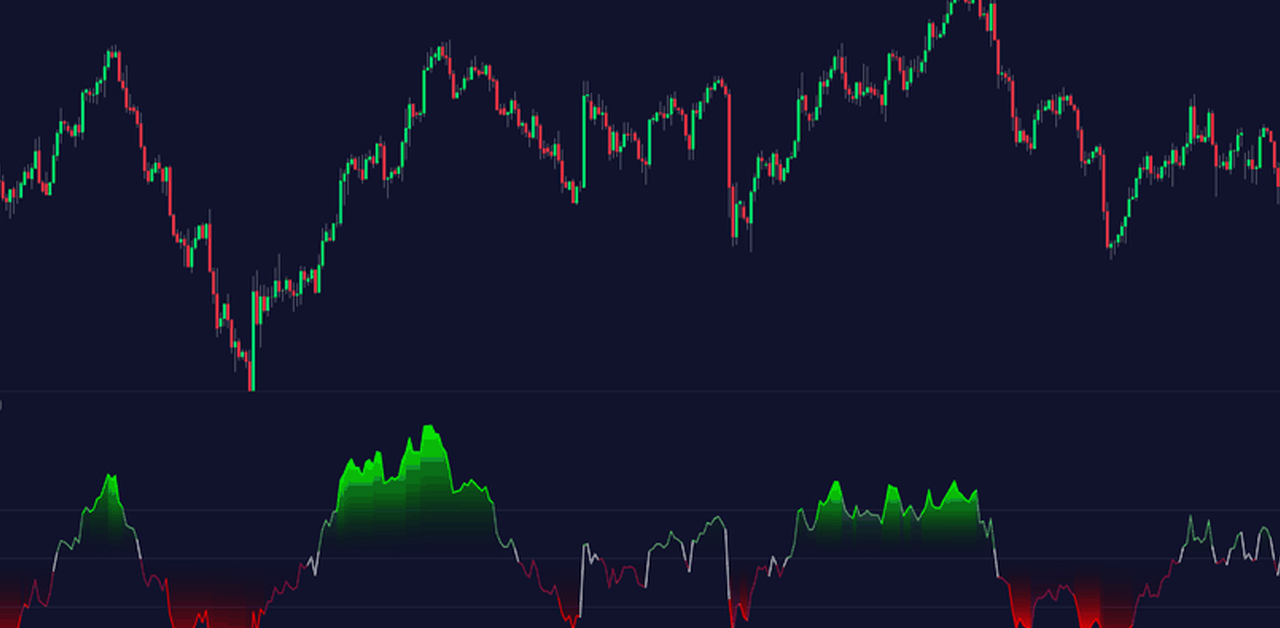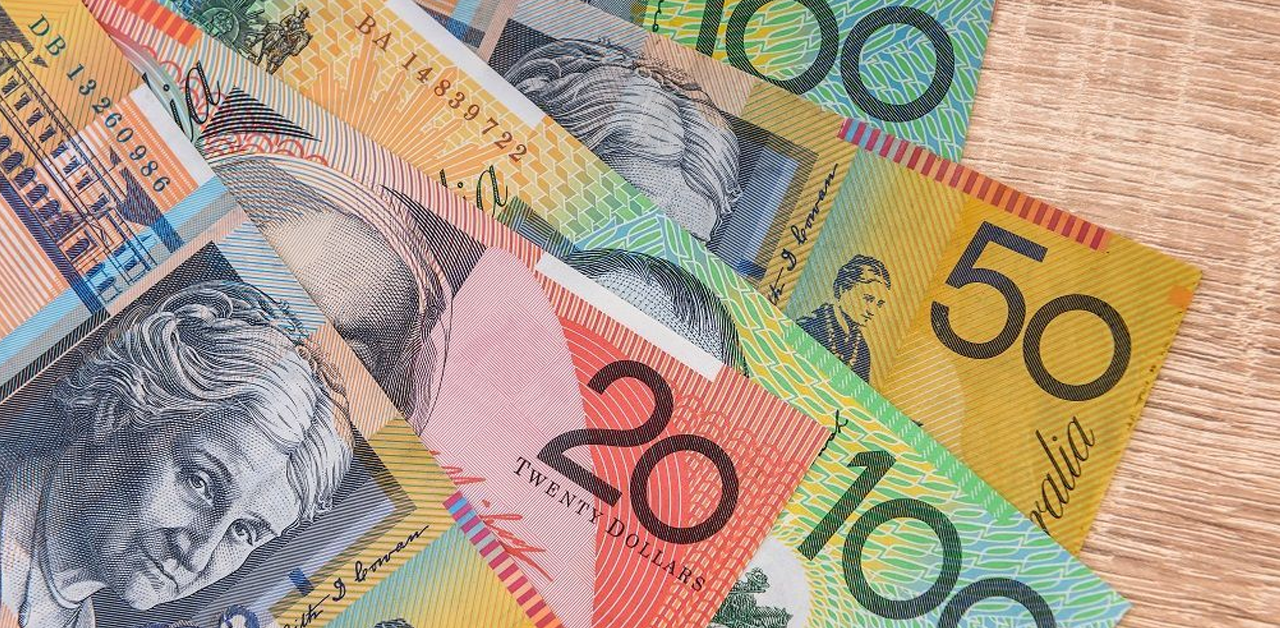USD/CHF Trims Five-Week Loss, Shifts to Mid-Tier Swiss/US Data
In the early hours of Wednesday’s European session, the USD/CHF currency pair continued to maintain its position, showing resilience after experiencing its most significant daily loss in the past five weeks, with levels hovering around 0.8790. This retracement in value is occurring in a backdrop where the US Dollar is preparing for pivotal data releases. Concurrently, there has been a perceptible shift in market sentiment away from the previous dovish stance held towards the Federal Reserve (Fed). This shift has created an environment that has enabled the Swiss Franc (CHF) to assert itself, resulting in the pairing securing its first daily gains in a span of three sessions.
The enduring influence of the US Dollar Index (DXY) remains palpable, maintaining a somewhat elevated position due to concerns stemming from recent data releases related to US consumer confidence, employment metrics, and the housing sector. These concerns primarily revolve around the looming possibility of a policy shift by the Federal Reserve. This change in stance becomes particularly evident as Federal Reserve Chair Jerome Powell underscores the importance of anchoring future decisions on data dependencies, thereby underpinning the current hawkish posture. This pronounced sentiment shift has in turn reverberated across the Greenback and the broader landscape of US Treasury bond yields.
Beyond these domestic dynamics, the currency pair’s resurgence is further propelled by uncertainties that continue to enshroud US-China relations. Concurrently, there exists an air of ambiguity concerning the trajectory towards a softer economic landing. These factors have collectively contributed to the revival of USD/CHF from its recent losses. A noteworthy example of such uncertainties lies in China’s recent response to grievances expressed by US Commerce Secretary Gina Raimondo, which pertains to the challenges faced by US companies operating within China’s business environment. This response underscores the ongoing tensions in the US-China relationship. The prior discourse on potential early rate cuts by China’s central bank, the People’s Bank of China (PBoC), coupled with discussions surrounding mortgage rate reductions, has had an impact on market sentiment. Additionally, the optimism surrounding the prospects of an amicable resolution between the US and China has also played a role in shaping the prevailing market sentiment. Importantly, the International Monetary Fund’s (IMF) stance of exercising caution in allocating Special Drawing Rights (SDRs) in the backdrop of heightened interest rates and inflation has further fanned demand for the US Dollar.
The US S&P 500 futures are showing some small gains, which are encouraging investors to take more risks. This is also affecting the USD/CHF prices. Meanwhile, the US 10-year Treasury bond yields are fluctuating around 4.15% after dropping to a weekly low yesterday.
The next few days will be important for the market. People are waiting for some important information to come out, such as data on US employment, how much money Americans spend, and how much the economy grew in the second quarter. These numbers will help people understand if the government is going to change its policies. If the numbers suggest that the government might relax its rules on money, the US dollar might lose value compared to the Swiss franc.











